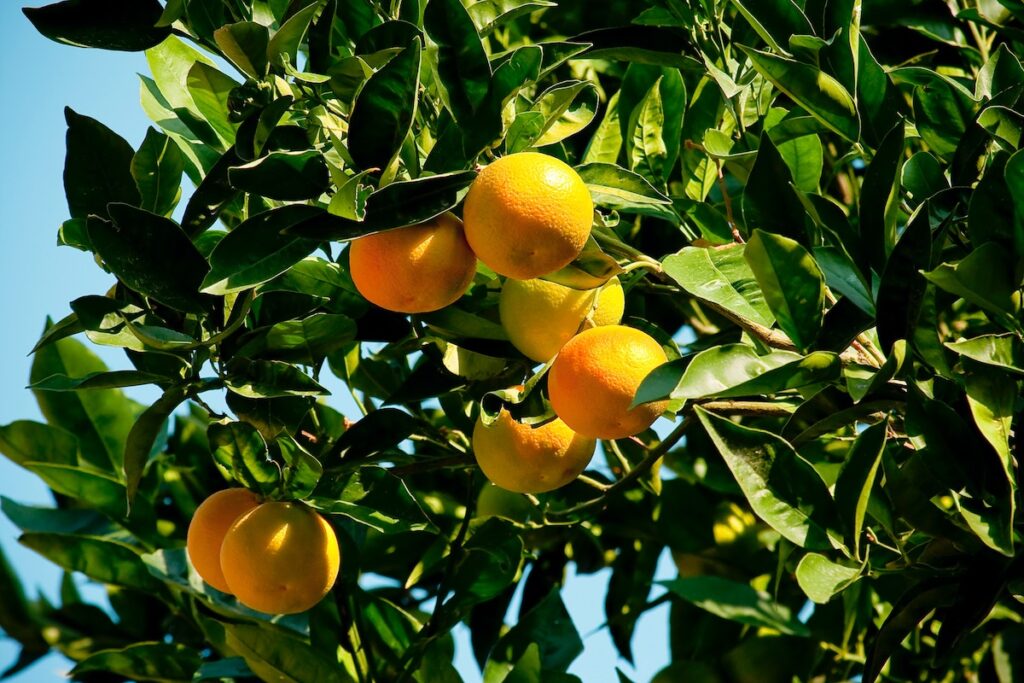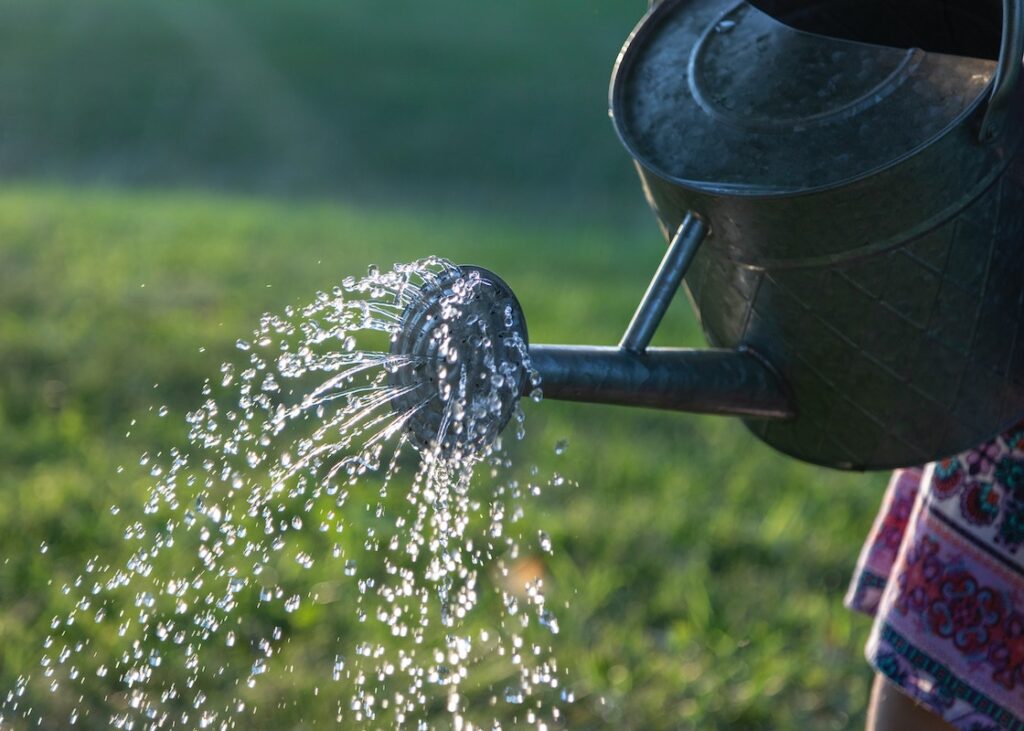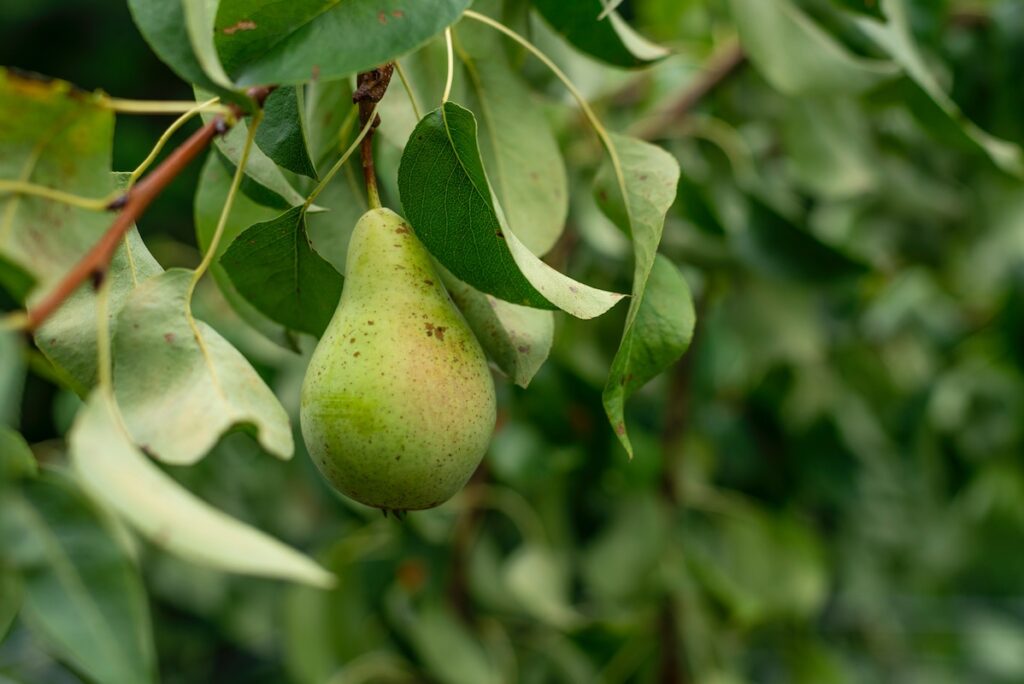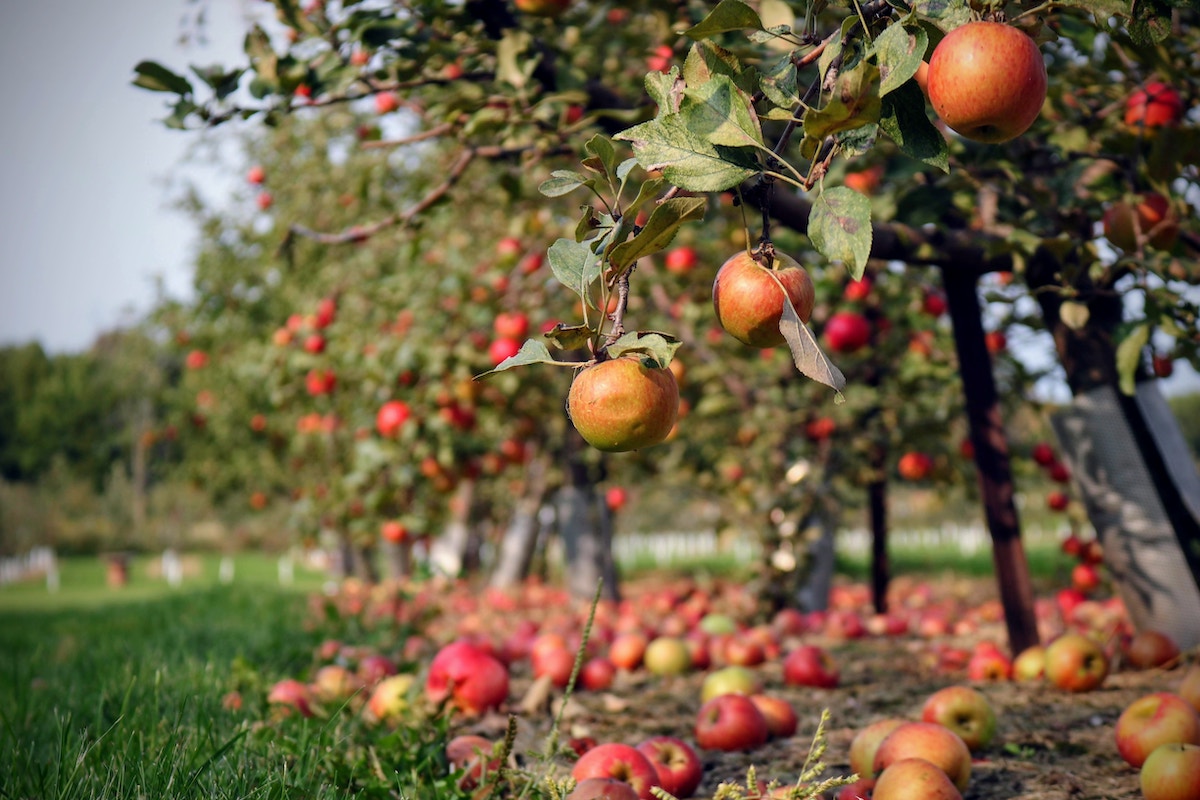Adding fruit trees to your garden not only provides a bountiful harvest but also brings a touch of nature’s sweetness to your home. Whether you’re a seasoned orchard enthusiast or a novice with a green thumb, this comprehensive guide will walk you through the essentials of cultivating fruit trees. From choosing the right varieties to ensuring proper care, let’s dive into the world of growing your own fruitful haven.
1. Selecting the Right Fruit Trees:

Choosing the right fruit trees is the first step towards a thriving orchard. Consider the following factors:
- Climate Compatibility: Select fruit tree varieties that thrive in your specific climate zone. Different fruits have different temperature and chill hour requirements.
- Space and Size: Consider the available space in your garden and the eventual size of the mature trees. Dwarf or semi-dwarf varieties are ideal for smaller spaces.
- Pollination Needs: Some fruit trees are self-pollinating, while others require a partner tree for cross-pollination. Be aware of the pollination requirements of your chosen varieties.
2. Planning and Planting:
Once you’ve selected your fruit trees, it’s time to plan and plant for success:
- Location: Choose a sunny location with well-drained soil. Most fruit trees require full sunlight for optimal fruit production.
- Soil Preparation: Ensure the soil is well-prepared with organic matter. Fruit trees thrive in soil that is rich in nutrients and has good drainage.
- Planting Depth: Plant your fruit trees at the correct depth, ensuring that the root ball is level with or slightly above the soil surface.
3. Proper Watering Techniques:

Watering is a critical aspect of fruit tree care. Follow these guidelines:
- Deep and Infrequent Watering: Provide deep, thorough watering rather than frequent shallow watering. This encourages deep root development.
- Mulching: Apply a layer of organic mulch around the base of the tree to retain moisture, suppress weeds, and regulate soil temperature.
- Avoid Overwatering: Fruit trees are susceptible to root rot, so avoid overwatering. Allow the soil to dry out slightly between waterings.
4. Fertilizing for Healthy Growth:
Maintaining proper nutrition is key to the health and productivity of fruit trees:
- Slow-Release Fertilizers: Use slow-release fertilizers in spring to provide a steady supply of nutrients throughout the growing season.
- Balanced Fertilizer: Choose a balanced fertilizer with equal proportions of nitrogen, phosphorus, and potassium for overall tree health.
- Compost Application: Apply compost around the base of the tree annually to enhance soil fertility.
5. Pruning and Training:
Pruning and training your fruit trees shape their growth, promote airflow, and encourage optimal fruit production:
- Formative Pruning: Prune young trees to establish a strong, well-balanced framework. Remove dead, damaged, or crossing branches.
- Thinning: Thin excess fruit to prevent overcrowding and promote larger, healthier fruits.
- Summer Pruning: Conduct light summer pruning to manage tree shape and remove water sprouts.
6. Pest and Disease Management:

Protecting your fruit trees from pests and diseases is essential for a successful harvest:
- Regular Inspection: Regularly inspect your trees for signs of pests, such as aphids or caterpillars, and diseases like powdery mildew or fire blight.
- Natural Predators: Encourage natural predators, such as beneficial insects, to help control pest populations.
- Disease-Resistant Varieties: Consider planting disease-resistant varieties to minimize the risk of infections.
7. Harvesting and Enjoying the Fruits of Your Labor:
The culmination of your efforts is the delightful harvest of fresh, homegrown fruits:
- Harvesting Time: Harvest fruits at the right time for peak flavor and texture. This varies depending on the type of fruit.
- Proper Storage: Store fruits in cool, dark places or refrigerate them as needed to prolong freshness.
- Preservation: Explore various preservation methods, such as canning, freezing, or drying, to enjoy your harvest year-round.
Cultivating fruit trees is a journey that rewards patience, care, and a deep connection to the cycles of nature. With the right selection, proper care, and a touch of enthusiasm, your orchard can become a flourishing haven of fresh, homegrown delights. Enjoy the process of growing, harvesting, and savoring the fruits of your labor in this journey of nurturing nature’s bounty.





